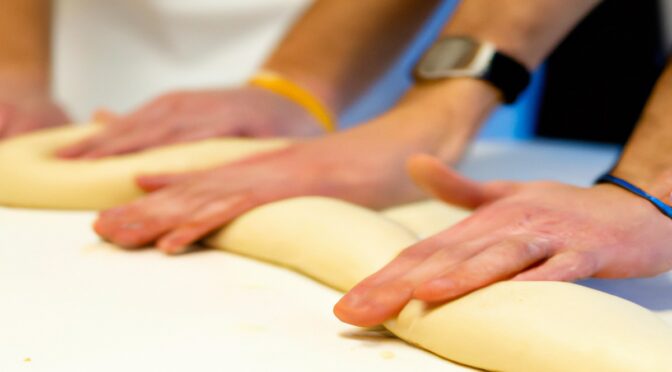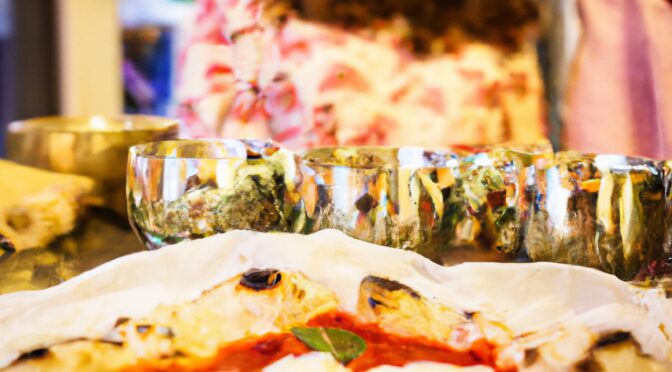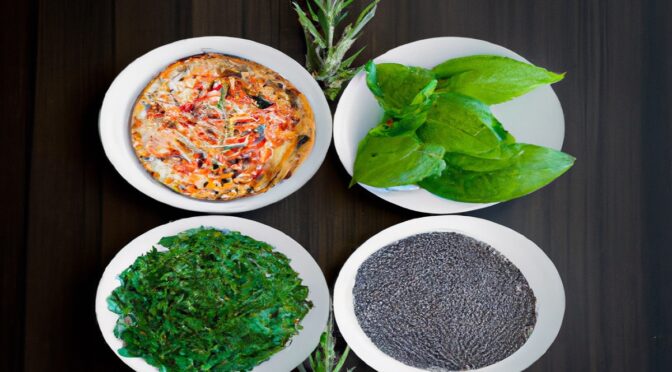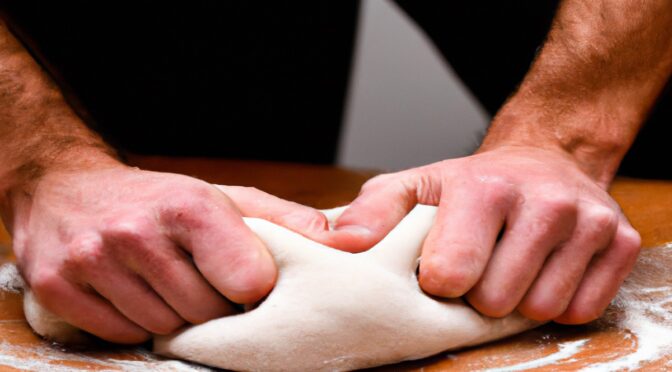Ciao a tutti amici della pizza!
Oggi parliamo di un argomento che spesso viene trascurato, ma che è fondamentale per ottenere una pizza davvero speciale: la scelta delle salse. Yes, just so! La salsa è l’anima della pizza, il tocco che può trasformare un buon impasto in una vera delizia.
The Base of Everything: The Dough
Prima di entrare nel vivo delle salse, una piccola parentesi sulla preparazione degli impasti. Un buon impasto è la base su cui costruire la tua pizza. Senza un impasto ben fatto, anche la migliore salsa del mondo non potrà fare miracoli. In our Silvio Cicchi pizza school, insegniamo ai nostri allievi pizzaioli tutte le tecniche per ottenere un impasto perfetto: dalla scelta degli ingredienti alla lievitazione, fino alla cottura della pizza.
La Salsa Classica: Il Pomodoro
Quando si parla di pizza, la prima salsa che viene in mente è sicuramente quella al pomodoro. Ma quale pomodoro scegliere? La risposta è semplice: il pomodoro San Marzano è il re indiscusso delle salse per pizza. Dolce, poco acido e con una consistenza perfetta, si sposa alla perfezione con qualsiasi tipo di impasto. Basta aggiungere un pizzico di sale, un filo d’olio extravergine di oliva e qualche foglia di basilico fresco per ottenere una salsa da veri intenditori.
Varietà di Salse per Ogni Gusto
Ma la pizza non è solo pomodoro! Esistono tante altre salse che possono rendere unica la tua creazione. Vediamone alcune:
- Pesto Genovese: Una salsa a base di basilico, Pine nuts, garlic, parmigiano e olio d’oliva. Perfetta per chi ama i sapori freschi e aromatici. Si abbina benissimo con pomodorini freschi e mozzarella di bufala.
- Crema di Funghi: Un’ottima alternativa per chi ama i sapori più decisi. Preparata con funghi porcini, panna e parmigiano, questa salsa è l’ideale per una pizza autunnale.
- Salsa Bianca: A base di panna, formaggio e spezie, la salsa bianca è perfetta per chi preferisce una pizza senza pomodoro. Può essere arricchita con gorgonzola, speck o funghi.
- Salsa Piccante: Per gli amanti dei sapori forti, una salsa piccante a base di peperoncino, aglio e pomodoro può dare quel tocco in più che non ti aspetti.
Abbinamenti Perfetti
La scelta della salsa è importante, ma altrettanto fondamentale è abbinarla correttamente con gli altri ingredienti. Eg, il pesto genovese si sposa alla perfezione con i pomodorini freschi e la mozzarella di bufala, mentre la crema di funghi è ideale con il taleggio e il prosciutto cotto. Per una salsa bianca, prova ad aggiungere del gorgonzola e delle noci per un risultato sorprendente.
I Segreti della Pizzeria
Durante i nostri corsi di pizzaiolo, that we organize in our Silvio Cicchi pizza school, insegniamo anche come preparare salse personalizzate, adattando le ricette alle stagioni e ai gusti dei clienti. Eg, in estate è possibile utilizzare pomodori freschi e basilico appena colto, mentre in inverno si può optare per salse più ricche e corpose.
Non Solo Pizza
Le salse che impari a preparare nei nostri corsi non sono utili solo per la pizza. Possono arricchire anche altri piatti della ristorazione, come bruschette, pasta e secondi piatti. L’importante è sperimentare e trovare sempre nuovi abbinamenti.
Sign up for our courses
Se vuoi diventare un vero esperto di pizza, do not miss the opportunity to sign up for our pizza maker courses. In our Silvio Cicchi pizza school, potrai imparare tutti i segreti della preparazione degli impasti, della scelta delle salse e della cottura della pizza. I nostri corsi sono aperti a tutti, dai principianti ai professionisti della ristorazione.
Greetings from Silvio Cicchi
Grazie per aver letto il nostro blog! If you liked this article, visita ed iscriviti al mio canale YouTube, where you will find more of 300 videos of pizza recipes prepared by pizza chef students who enroll in our courses. Non vedo l’ora di condividere con te la mia passione per la pizza!
Buona pizza a tutti e ci vediamo al prossimo post!
Silvio Cicchi









